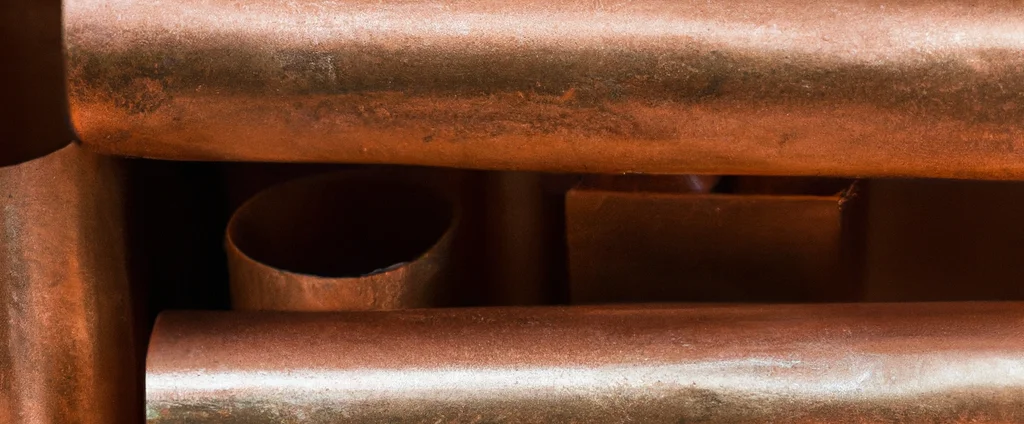Yellow Brass (UNS C27000)

Yellow brass C27000 is a copper-zinc alloy prized for its exceptional machinability, corrosion resistance, and electrical conductivity. As an alpha brass, it offers superior cold-working properties and ductility for plumbing, electrical, and marine applications.
| Chemical Composition | ||
|---|---|---|
| Element | Min | Max |
| Copper | 63.0% | 68.5% |
| Iron | —— | 0.07% |
| Lead | —— | 0.09% |
| Zinc | 31.3% | 37.0% |
The following table provides a list of yellow brass C27000 properties in both SI and US customary/Imperial units.
Click on the button to switch between Metric and Imperial units.
| Physical Properties | Metric |
|---|---|
| Density | 8470 kg/m3 |
| Mechanical Properties | Metric |
| Tensile Strength (Ultimate) | 370 to 650 MPa |
| Young’s Modulus (E) | 105 GPa |
| Shear Modulus (G) | 40 GPa |
| Elongation at Break | 48% |
| Poisson’s Ratio (ν) | 0.31 |
| Thermal Properties | Metric |
| Melting Point | 905 - 930 °C |
| Thermal Conductivity | 120 W/m·K |
| Specific Heat Capacity (Cp) | 380 J/kg·K |
| Coefficient of Thermal Expansion (αL) | 2.0×10-5 1/°C |
| Electrical Properties | Metric |
| Electrical Conductivity | 1.57×107 S/m |
| Electrical Resistivity | 6.4×10-8 Ω·m |
The values in this table are approximate and can vary depending on various factors such as the specific manufacturing process and heat treatment applied to the alloy.
Advantages & Disadvantages of Yellow Brass C27000
| Advantages | Disadvantages |
|---|---|
| Good corrosion resistance | Lower strength compared to other brass alloys |
| Excellent cold-working properties | Limited heat resistance |
| Excellent machinability | Not suitable for certain corrosive environments |
| High ductility and malleability | High cost |
Applications of Yellow Brass C27000
Yellow Brass C27000 finds applications in various industries and sectors due to its desirable properties. Key applications include:
- Plumbing fixtures: Widely used for plumbing fittings, valves, faucets, and connectors due to its corrosion resistance, ease of machining, and ability to withstand water and chemical exposure.
- Electrical components: Utilized in electrical connectors, terminals, switches, and socket contacts due to its excellent electrical conductivity and resistance to corrosion.
- Cartridge cases: Also known as cartridge brass, it is commonly used for manufacturing cartridge cases in ammunition due to its good formability, strength, and corrosion resistance.
- Heat exchangers: Its thermal conductivity and corrosion resistance make it suitable for heat exchanger components, including tubes, headers, and shells.
- Automotive applications: Used in automotive components like radiator cores, fuel tanks, connectors, and fittings due to its corrosion resistance, formability, and machinability.
- Marine applications: Resistance to saltwater corrosion makes it suitable for marine hardware, fittings, and connectors.
